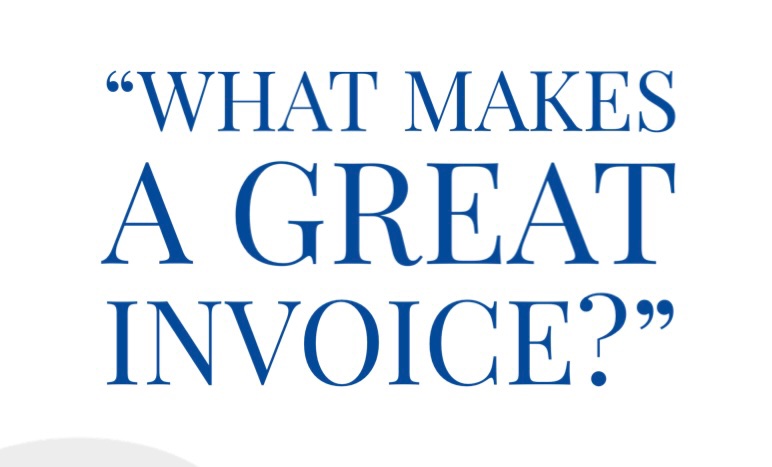As a business, you will be no doubt sending out lots of invoices to your clients. Maximise their impact and look more professional by making sure that it’s a good invoice, rather than something just knocked up on a piece of paper and scanned in. So, what makes a great business invoice?
- Make sure it’s on brand
Ensure that the logo and branding match your invoice to the rest of your business documents, social media and website. It doesn’t matter if it’s quirky, fun or simple and clean. As long as it all matches well and is seamless between documents and correspondence.
- The description and quantity are clear
When inputting your description of services or products, ensure that the description and quantity is crystal clear so that your client can see exactly what you have done, and for how much. This helps to avoid any confusion or questioning further upstream.
- The notes section
Here is your chance to add a friendly, personalised note. You also have the opportunity to answer any questions that your client may have had, thank them for their business as well as add any additional payment details which need sharing.
- Include your Companies House number, if applicable
If you’re an LLP or limited company, you need to show the registered number and address for Companies House. Also, if you are to include the name of one director or member on your invoice, then you must include them all.
- Your Trading address
Don’t forget to include your trading address and telephone number. It is beneficial for clients to be able to phone you, should they have any questions regarding your services or the invoice.
- An invoice number
For each invoice, use a unique sequential invoice number. This could be counted up from each new invoice, regardless of the client, such as 001, 002, 003. Or it could be a sequence which is by client, or project. For example, ClientMarketing001, ProjectAdvertising001.
Just ensure that each one is unique so that it is easier for both you and your client to match up to financial records.
- Include a due date
Each invoice must have a due date on it. It’s important before embarking on a project or service with a client to discuss the payment terms. Once this has been discussed, on each invoice you must put down when you expect them to pay by. This will help you when it comes to sending reminders or chasing payments.
- And of course, don’t forget your bank details!
Make it easy for your clients to pay by including your bank details on the invoice. Then they have no excuse not to pay! If this is a regular client, you could also discuss the possibility of being on retainer, or having a standing order go into your bank account.
Contact me for more information on the best accountancy software
I hope that this article has helped you to see what makes a great business invoice. I can also advise you on what platforms help you to set up easy payment options or send out reminders or invoices quickly as well as including great templates for you to use fresh out of the software.
Get in touch today with McCarthy Browne if you’d like to discuss what I think is the best accountancy software for you and make your invoicing process a lot simpler.

